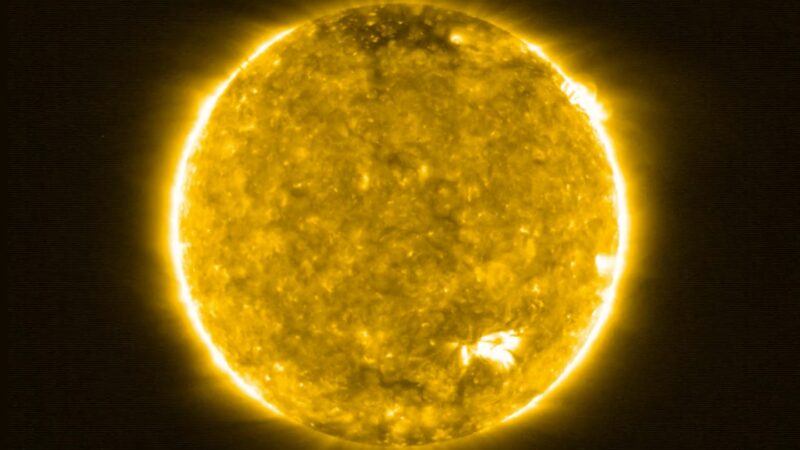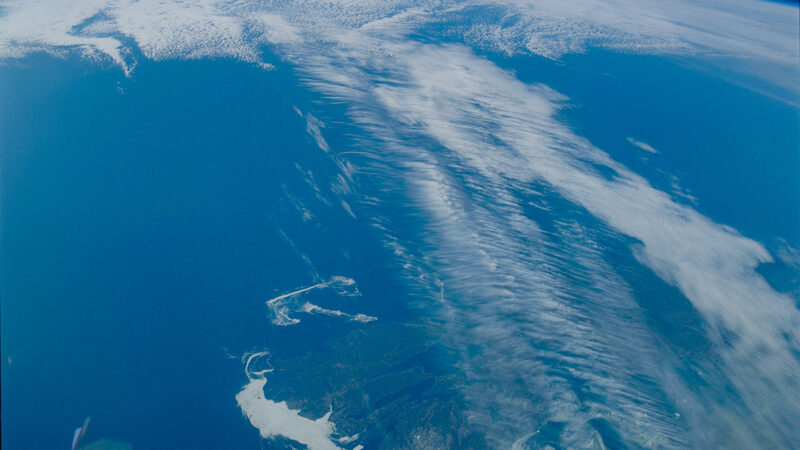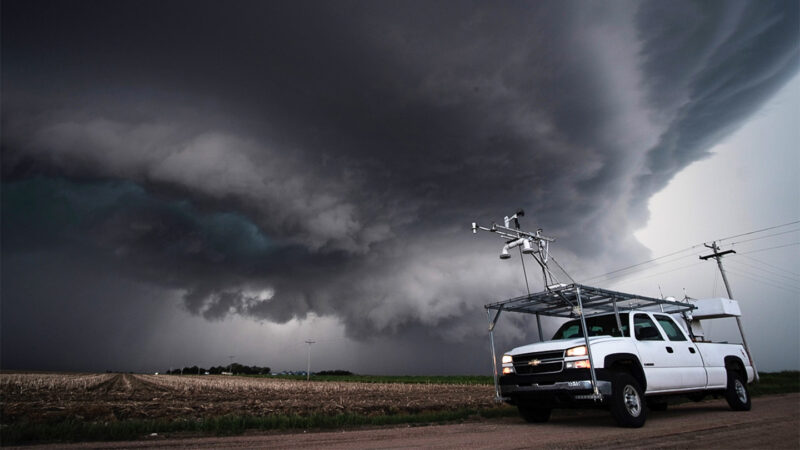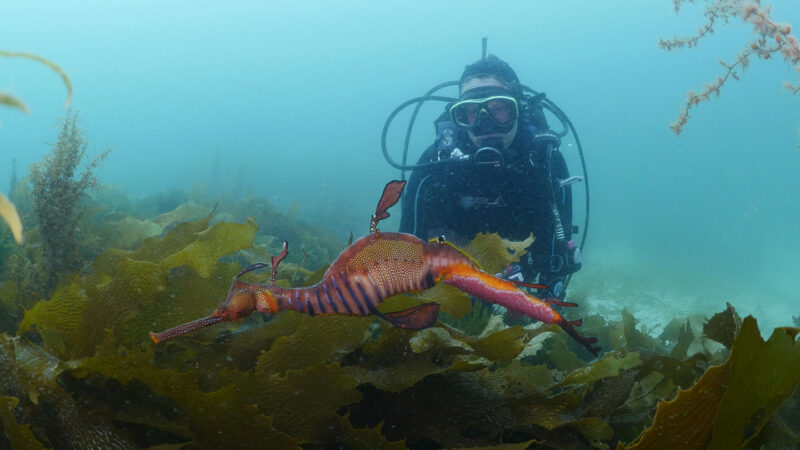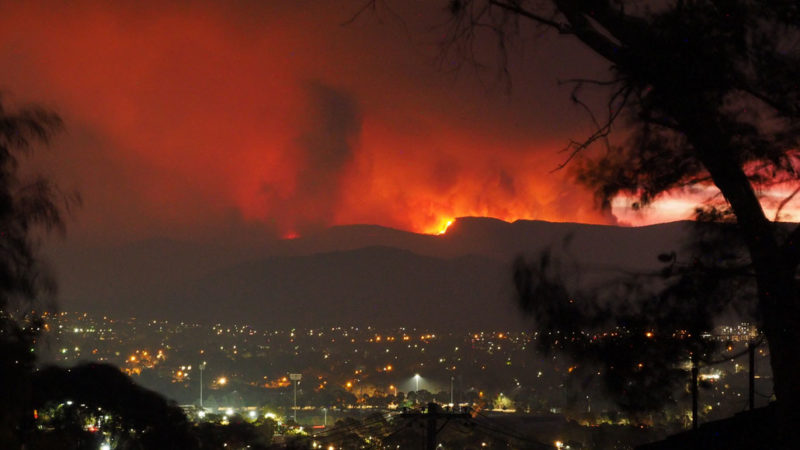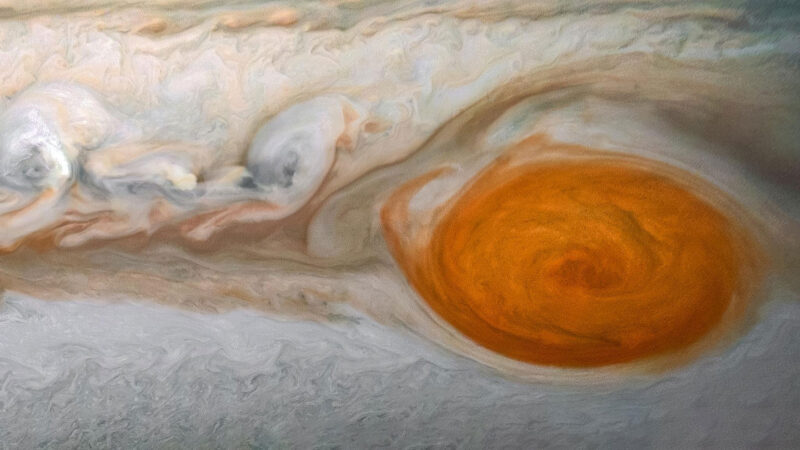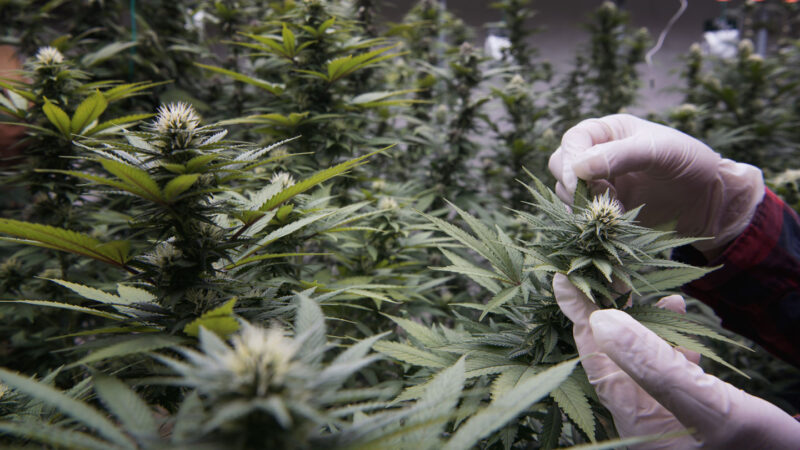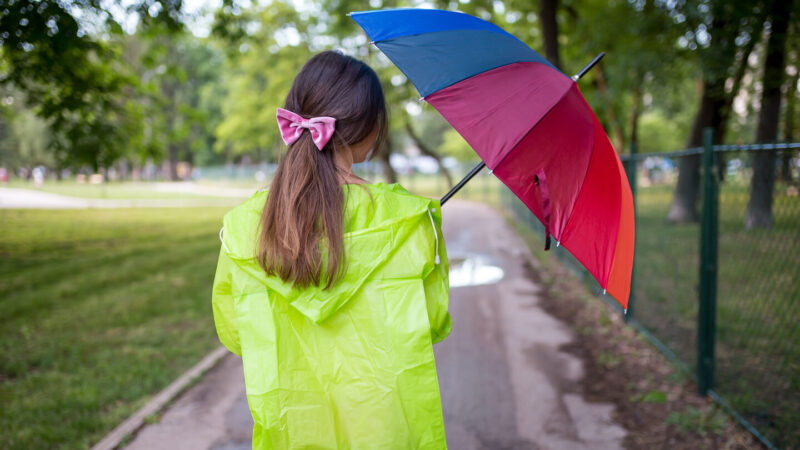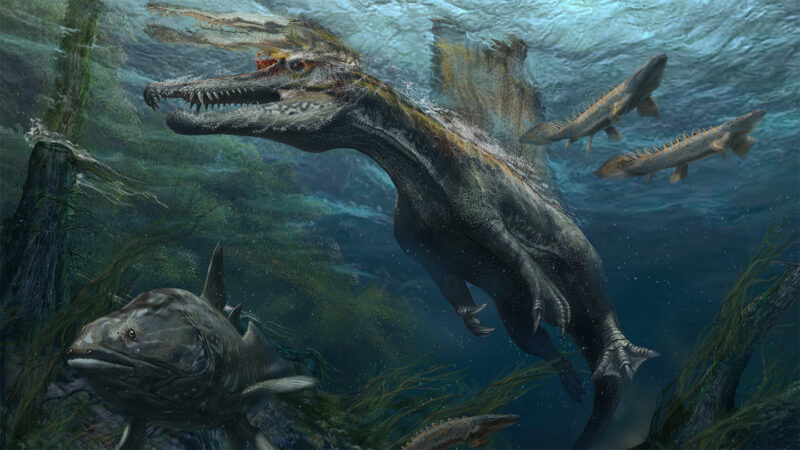Scientists Say: Campfire
Campfire (noun, “KAMP FYRE”) Campfires are small eruptions on the sun’s surface. They are similar to massive explosions known as solar flares and coronal mass ejections, or CMEs. But campfires…
Surprise! The jet stream can trigger cloud formation
Clouds form when water molecules in the air stick to certain tiny particles — think of them as seeds. Scientists have now discovered an unexpected source of those seeds. When…
Chimps and bonobos recognize familiar faces even after decades apart
Chimpanzees and bonobos have great memories for familiar faces. Research now suggests that these apes can recognize members of their own species. Not just day to day or month to…
Meet the sneaky and surprisingly dangerous squall-line tornado
Meteorologist Thea Sandmael watched the storm close in. It was near enough for her to spot a rotating dome of clouds emerging from the storm’s dark underbelly. By the time…
This biologist tracks seadragons, with help from the public
Along the southern coasts of Australia, flashy fish called seadragons sport leaflike lobes that help them blend into kelp and seagrass. Seadragons “are like the marine version of a koala…
Let’s learn about how much climate change is to blame for extreme weather
Climate change is making extreme weather worse. It tripled the risk of Hurricane Harvey’s record rainfall over Texas in 2017. It made Australia’s devastating wildfires in 2019 and 2020 at…
How much do viruses change over time?
Abstract Bacteriophages, or just phages, are tiny viruses that infect bacteria. Some phages help us by killing harmful bacteria and keeping our gut healthy. Although phages have existed for millions…
Analyze This: Jupiter’s Great Red Spot is shrinking
Centuries ago, astronomers observed a dark oval — nicknamed the Permanent Spot — on Jupiter. It was located at the same latitude, or distance from Jupiter’s equator, where the giant…
Scientists Say: THC
THC (noun, “T-H-C”) THC is a chemical found in the plant cannabis, or marijuana. THC is short for delta-9-tetrahydrocannabinol. It is the compound mainly responsible for cannabis’s psychoactive effects. That…
Skin appears to be no barrier for some common ‘forever’ chemicals
PFAS — also known as forever chemicals — are thousands of fluorine-rich compounds. And these human-made chemicals can be found everywhere. They’re in school uniforms, food packaging, cosmetics and personal…
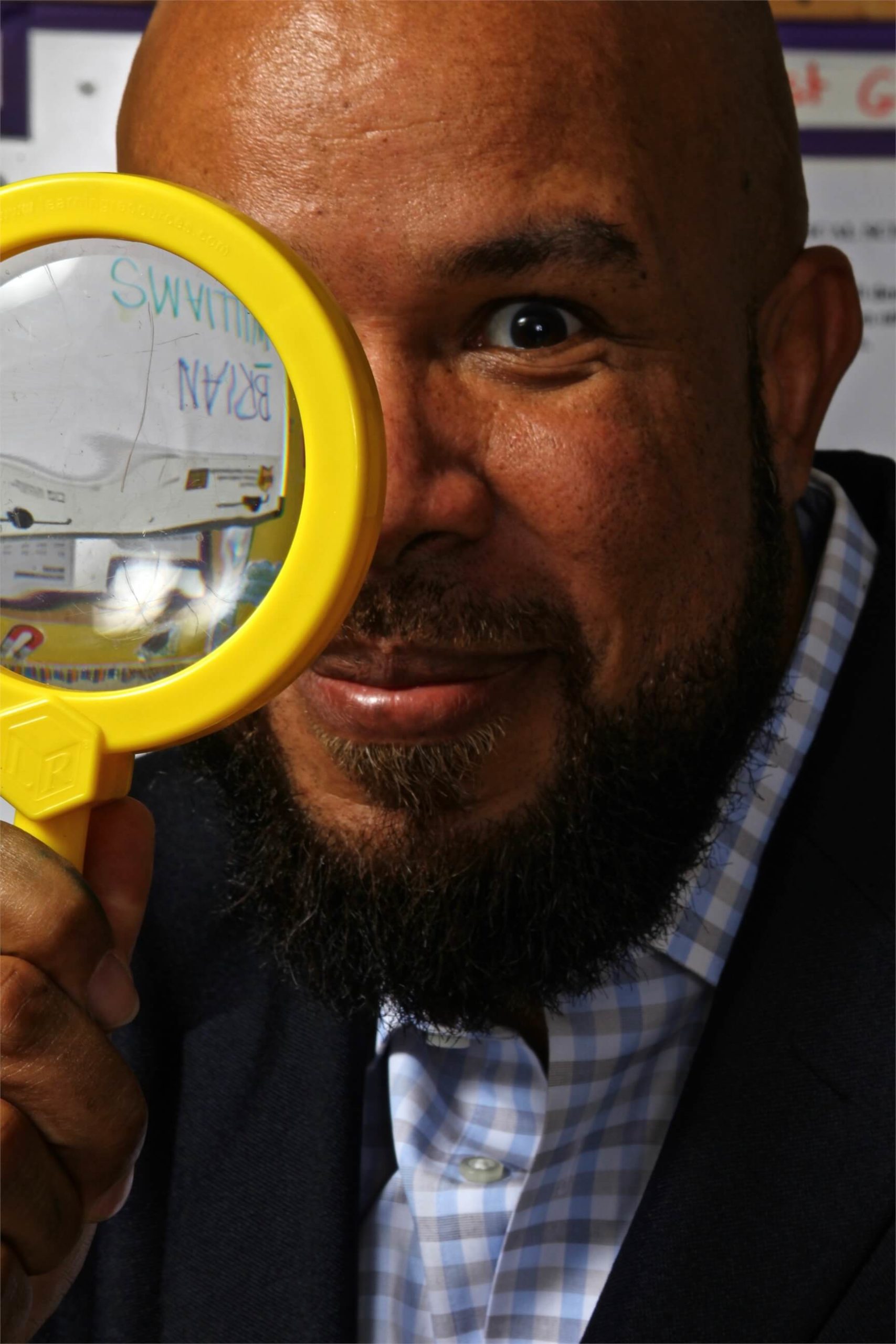
Get to Know
Brian Williams
recent post
follow us
QUICK LINK
GET INTOUCH
- randy.patel@mail.com
-
LA-Studio
2231 Redbud Drive
Whitestone, NY 11357
Copyright 2022 by LA-Studio
Supported by

